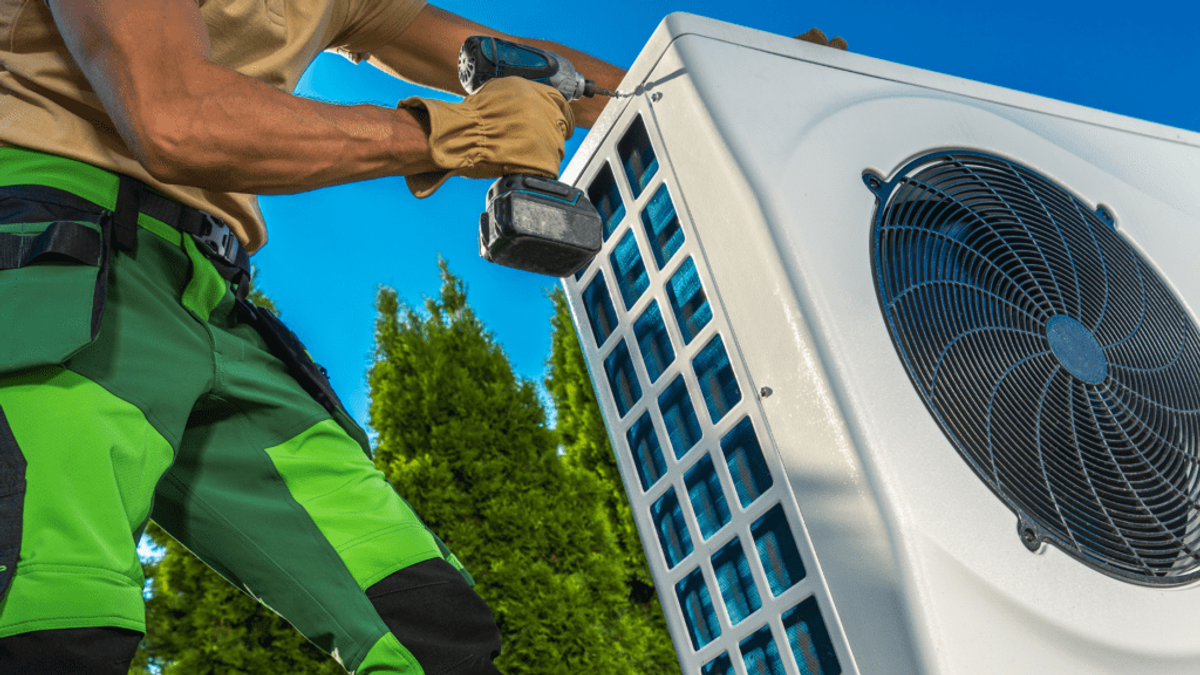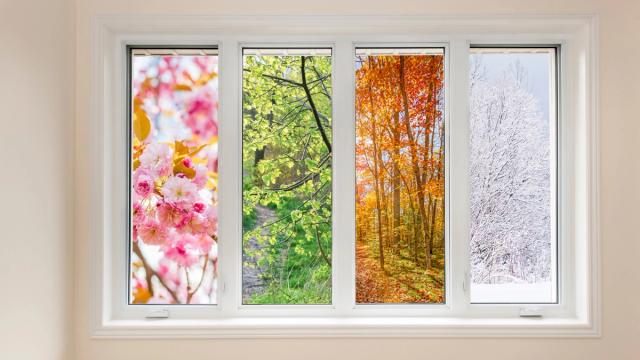Demand for Green HVAC Won’t Go Away — Here’s How to Sell It Successfully
Energy efficient HVAC systems are expensive, which can make the sales process harder. We can help get customers more comfortable with the price tag.

We’re almost halfway through 2023, and even though you’ve been seeing more repairs this year, energy efficient HVAC systems have likely been top of mind. From the transition to SEER2 standards to Inflation Reduction Act incentives, it’s all that everyone’s been talking about.
Selling sustainable HVAC systems to some customers hasn’t been too hard. Many people love the idea of sustainability; in fact, 68% of Americans are willing to pay more for sustainable products. But with other customers, it’s been a harder sell. How do you sell these more expensive systems to them without seeming like you’re just trying to make a quick buck? Try these tips.
Present Sustainable HVAC Systems as a Solution
The sales process isn’t one-size-fits-all. You may be used to relying on tactics like promotions and discounts to close a sale. This is a great method for some transactions, like emergency repairs. However, it doesn’t work quite as well for more expensive products, like sustainable HVAC systems. When you’re selling a customer a more expensive product than what they’ve bought before, they may feel you’re more focused on the money than the right solution for them.
Try presenting sustainable HVAC systems as a solution to your customers. For example, your customer needs to replace their entire HVAC system. You recommend a SEER2 system and explain that it meets new HVAC regulations. Throughout your conversation, you actively listen to determine what’s important to your buyer. This way, you can emphasize those benefits instead of or in addition to sustainability.
Here are a few benefits to keep the conversation going:
- ENERGY STAR labels identify energy efficient HVAC systems that can save up to 20% in energy costs.
- Better-performing systems and IAQ upgrades can make a home healthier and more comfortable.
- Sustainable HVAC systems can increase a home’s value. Heat pumps can increase value by up to $17,000, and appraisers will consider energy efficient and smart home upgrades when appraising a home. Plus, these features are popular among homebuyers, which can make it easier to sell a home.
Focusing on benefits that will help the homeowner can help close the sale, even if they don’t want something “fancy.” And don’t forget: the most sustainable solution isn’t always new equipment, even if the customer asks for it. If their HVAC system isn’t working correctly because of a duct leak, a shiny, new, more sustainable system won’t fix that. Start by fixing the problem and give the homeowners time to see how it helps. Down the line, they’ll come back to you when it’s time for the upgrade.
Help Homeowners Make Sustainability More Affordable
Even if customers are interested in green HVAC for sustainability or other benefits, their interest doesn’t solve the problem of the price tag. Many people can’t afford to pay for this new technology out of pocket.
Your homeowners have likely heard about the Inflation Reduction Act (IRA) HVAC incentives, and they’ll likely ask you and your techs questions. Make sure you understand what equipment qualifies for the federal tax credits, and stay up-to-date with information about your state’s rebates.
Be sure to recommend your customer talk to a tax professional about the IRA tax credits as well. Your area of expertise is HVAC maintenance, not taxes. In fact, we suggest writing a script or talking points for your techs. This helps them confidently answer customers’ questions without accidentally offering tax advice.
The downside to tax credits is that your homeowners won’t benefit from them until tax season. Even though they may save money later, that doesn’t help their bank account now. Offering financing options can take some weight off their shoulders by breaking their bill into manageable monthly payments. Plus, at FTL Finance, we don’t have prepayment penalties. So, your homeowner can use financing to invest in green HVAC products now, then use the IRA benefits to pay down their loan later.
Remember: The key to selling anything is winning the customer’s trust. Green HVAC is no different. Taking the time to understand your homeowner’s needs — and finding ways to make the overall ticket more affordable — will go a long way toward earning that trust.
 Industry Trends & InsightsHow to Maximize Your Time at HVAC Trade Shows and Beyond
Industry Trends & InsightsHow to Maximize Your Time at HVAC Trade Shows and Beyond Sales StrategyUsing Seasonal Specials to Boost Your HVAC Business Year-Round
Sales StrategyUsing Seasonal Specials to Boost Your HVAC Business Year-Round Sales StrategyThink Like a Customer: The Psychology Behind Closing More HVAC Deals
Sales StrategyThink Like a Customer: The Psychology Behind Closing More HVAC Deals